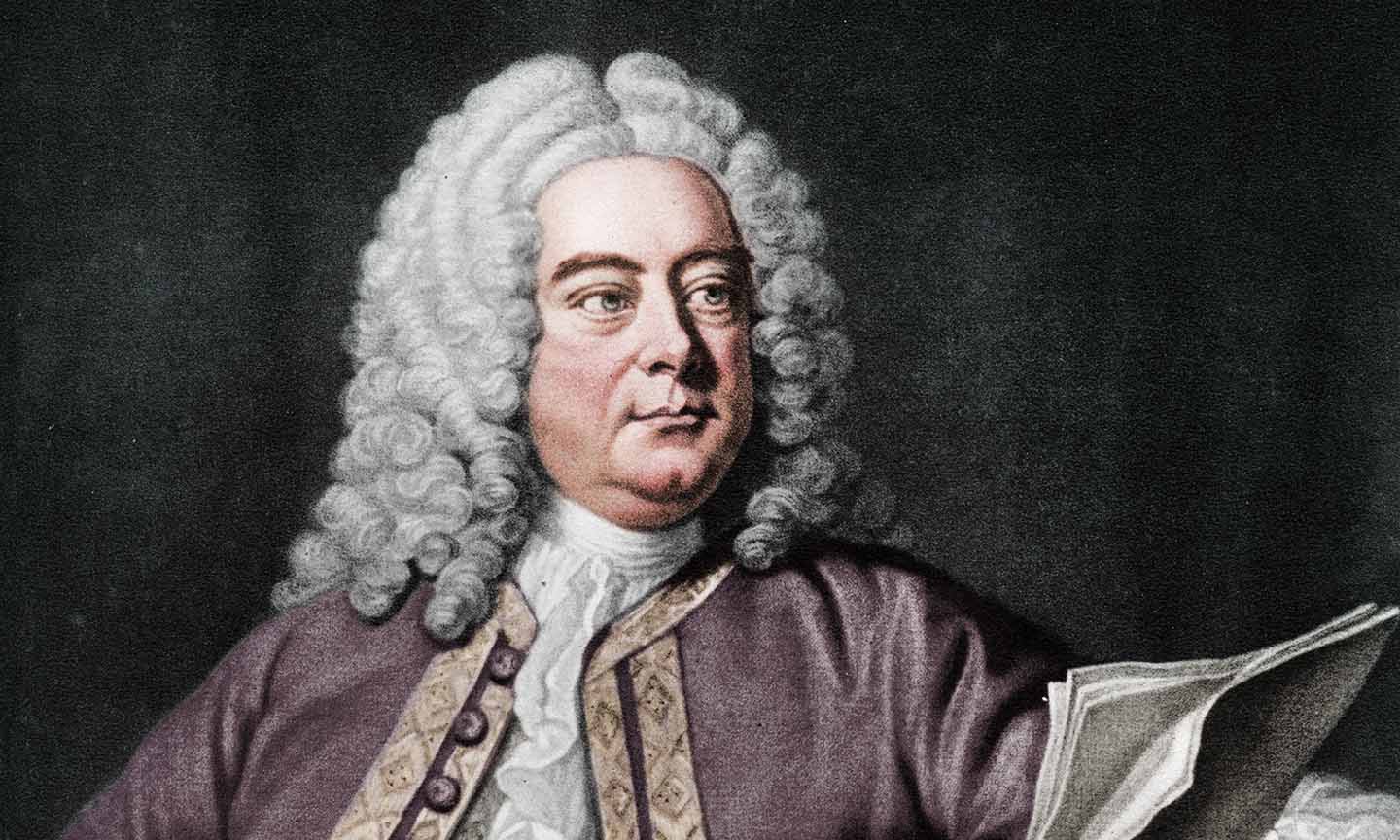Georg Friedrich Händel, one of the towering figures of Baroque music, left an indelible mark on the world with his masterful compositions. Known for his operas, oratorios, and instrumental works, Händel’s music continues to inspire audiences with its grandeur and emotional depth. Here are five of his best compositions that showcase his genius:
1. Messiah (HWV 56)
Arguably Händel’s most famous work, Messiah is an English-language oratorio composed in 1741. Its powerful choruses, especially the “Hallelujah” chorus, have become iconic in both religious and secular settings. The oratorio covers the life of Christ, from prophecy and birth to crucifixion and resurrection. Its blend of dramatic flair and spiritual fervor makes it a timeless masterpiece.
2. Water Music (HWV 348-350)
Composed in 1717, Water Music is a collection of orchestral suites written for a royal barge party on the River Thames for King George I. The lively movements, including hornpipes, bourrées, and minuets, are characterized by their vibrant rhythms and rich instrumentation. This work exemplifies Händel’s ability to craft festive, grandiose music perfect for outdoor celebrations.
3. Music for the Royal Fireworks (HWV 351)
Commissioned by King George II to celebrate the end of the War of the Austrian Succession in 1749, Music for the Royal Fireworks is a bold and majestic suite. Originally scored for a large wind ensemble, it includes standout movements like “La Réjouissance” and “Bourrée,” designed to complement the grandeur of a fireworks display. Its triumphal character and dynamic contrasts make it a thrilling listen.
4. Giulio Cesare (HWV 17)
One of Händel’s most acclaimed operas, Giulio Cesare premiered in 1724 and showcases his mastery of dramatic composition. This opera seria tells the story of Julius Caesar and Cleopatra, blending political intrigue with personal drama. The arias, particularly “V’adoro, pupille” and “Piangerò la sorte mia,” display Händel’s flair for expressive melody and character development.
5. Zadok the Priest (HWV 258)
Composed for the coronation of King George II in 1727, Zadok the Priest has been performed at every British coronation since. This choral anthem is renowned for its powerful buildup, starting with a serene orchestral introduction that bursts into a jubilant choral proclamation. Its grandeur and ceremonial significance highlight Händel’s skill in composing music that captures the essence of state occasions.
Conclusion
Händel’s compositions transcend time, blending majestic grandeur with profound emotional expression. Whether through the sacred strains of Messiah, the regal pomp of Zadok the Priest, or the operatic brilliance of Giulio Cesare, his works remain pillars of Western classical music, celebrated for their artistic excellence and universal appeal.


No responses yet